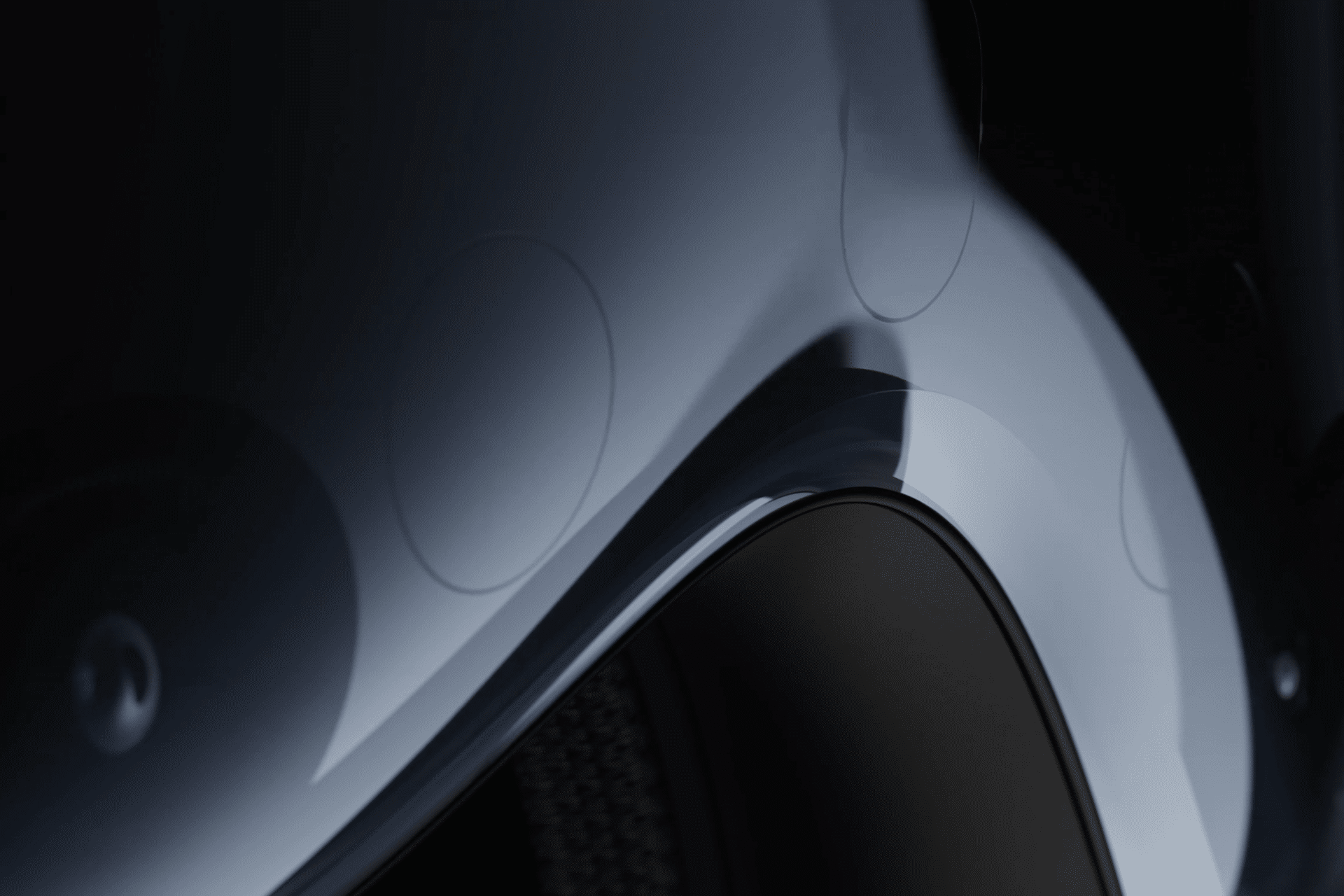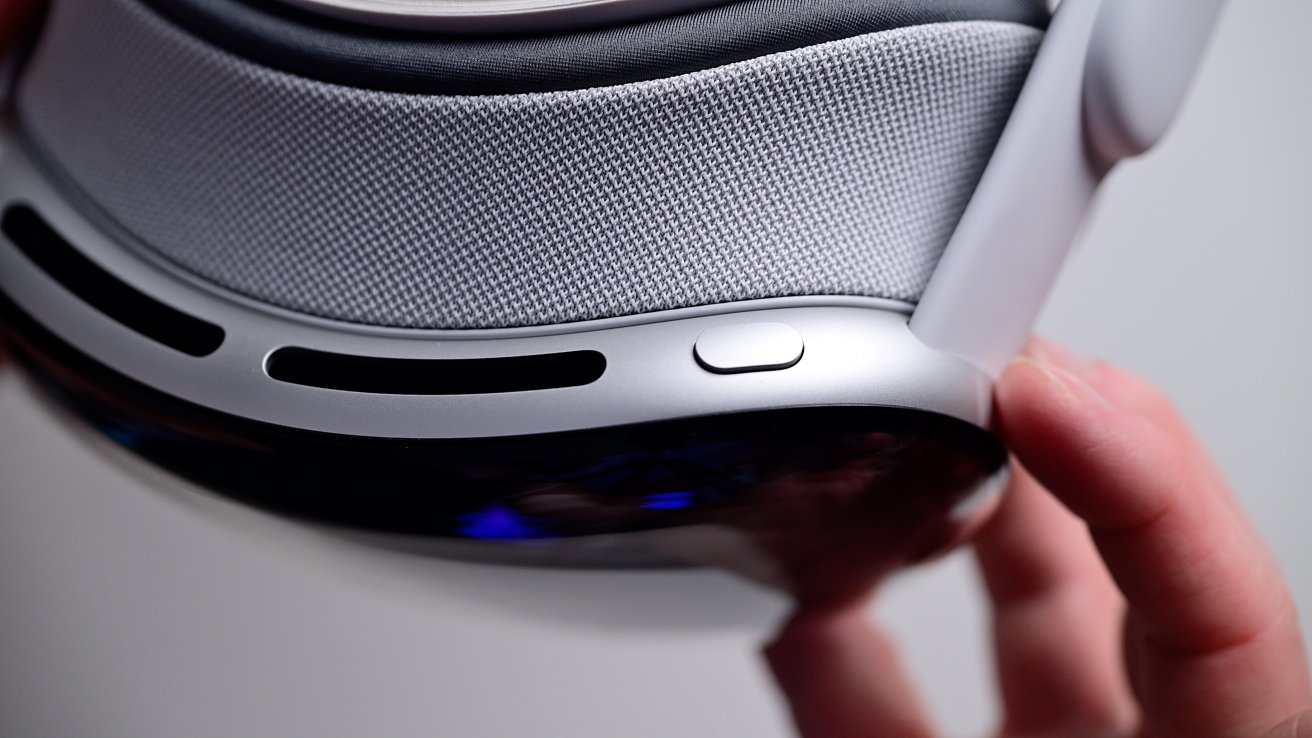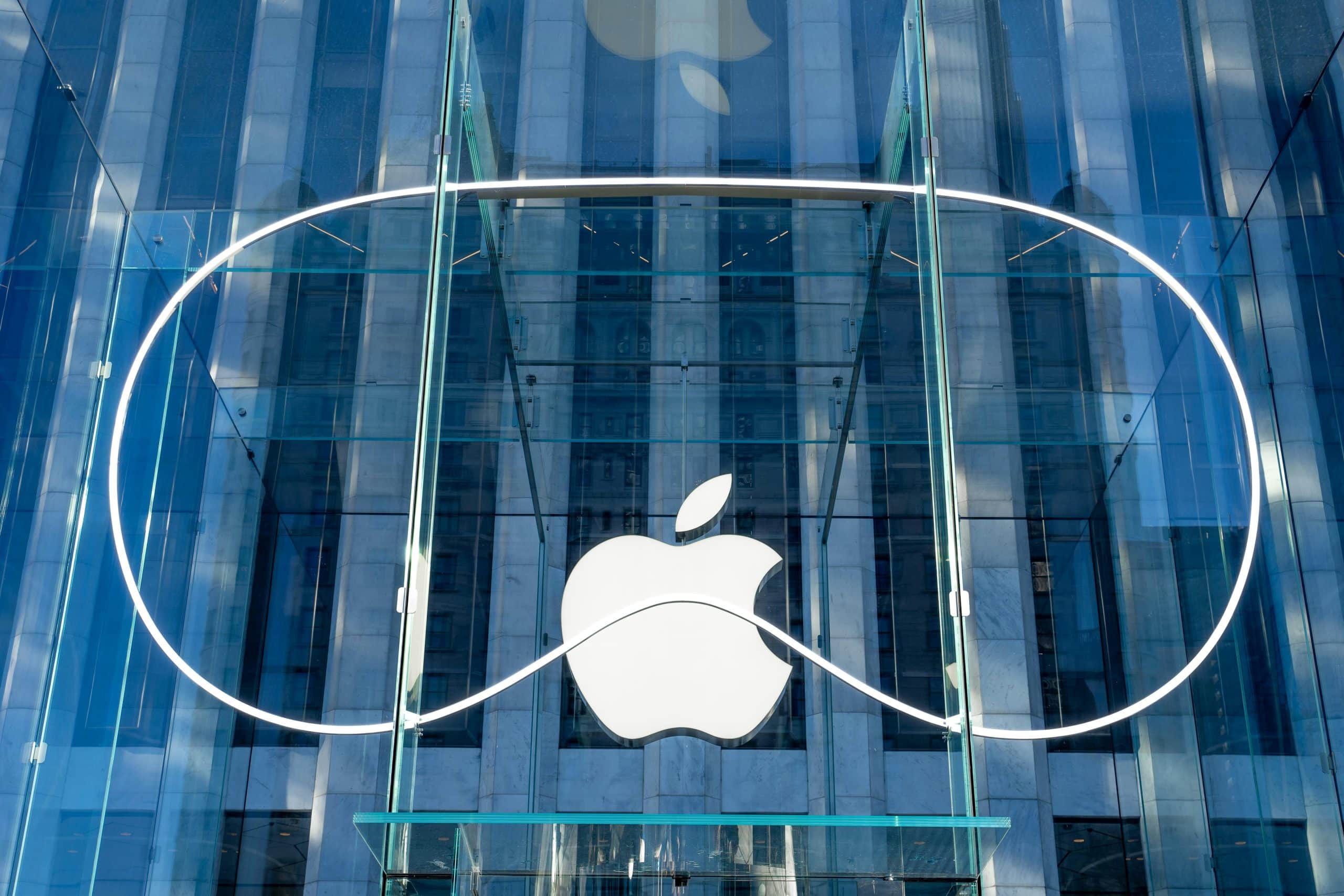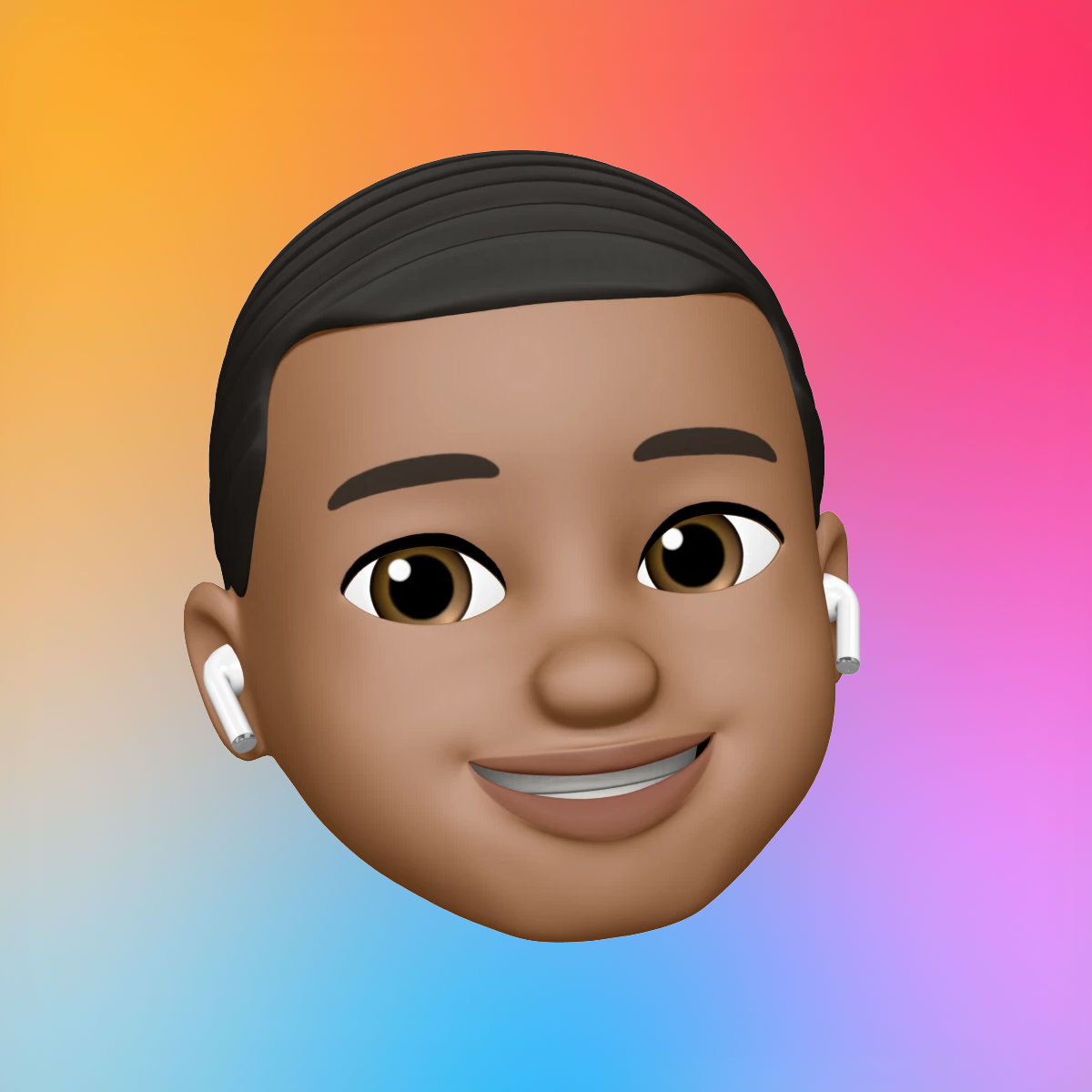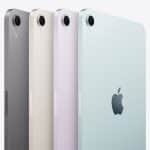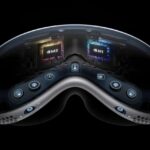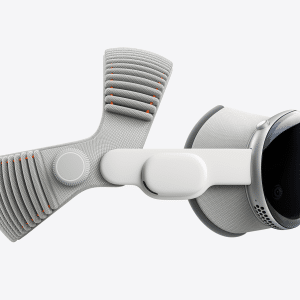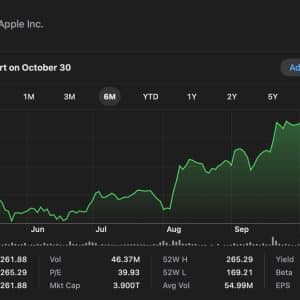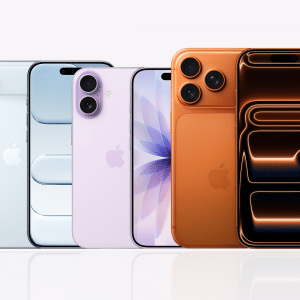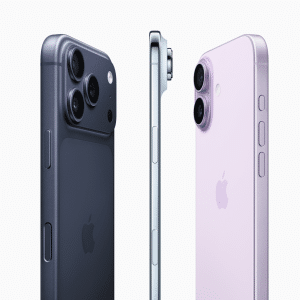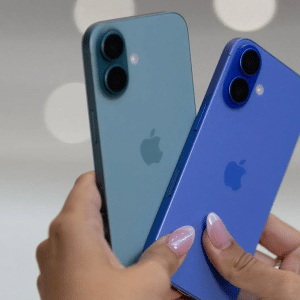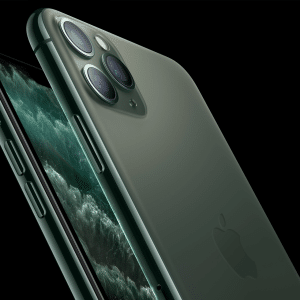The inclusion of the M4 chip marks a notable leap from the M2 processor found in the current Vision Pro. Already powering recent iPad Pro and Mac models, the M4 delivers a 10-core CPU, 10-core GPU, and a 16-core Neural Engine capable of up to 38 trillion operations per second. This upgrade promises smoother performance for spatial computing tasks, from rendering high-resolution 3D environments to handling complex augmented reality applications. The enhanced Neural Engine also hints at better support for Apple Intelligence features, which could elevate the headset’s capabilities in areas like real-time object recognition and personalized user interactions.
While the M4 chip brings undeniable power, its impact on the Vision Pro’s day-to-day experience may be subtle for most users. The current M2 model already handles most tasks with ease, but the M4’s efficiency could extend battery life and reduce heat output, both critical for a device worn on the face. For developers and power users, the extra processing muscle could unlock new possibilities, particularly for apps requiring intensive AI computations.
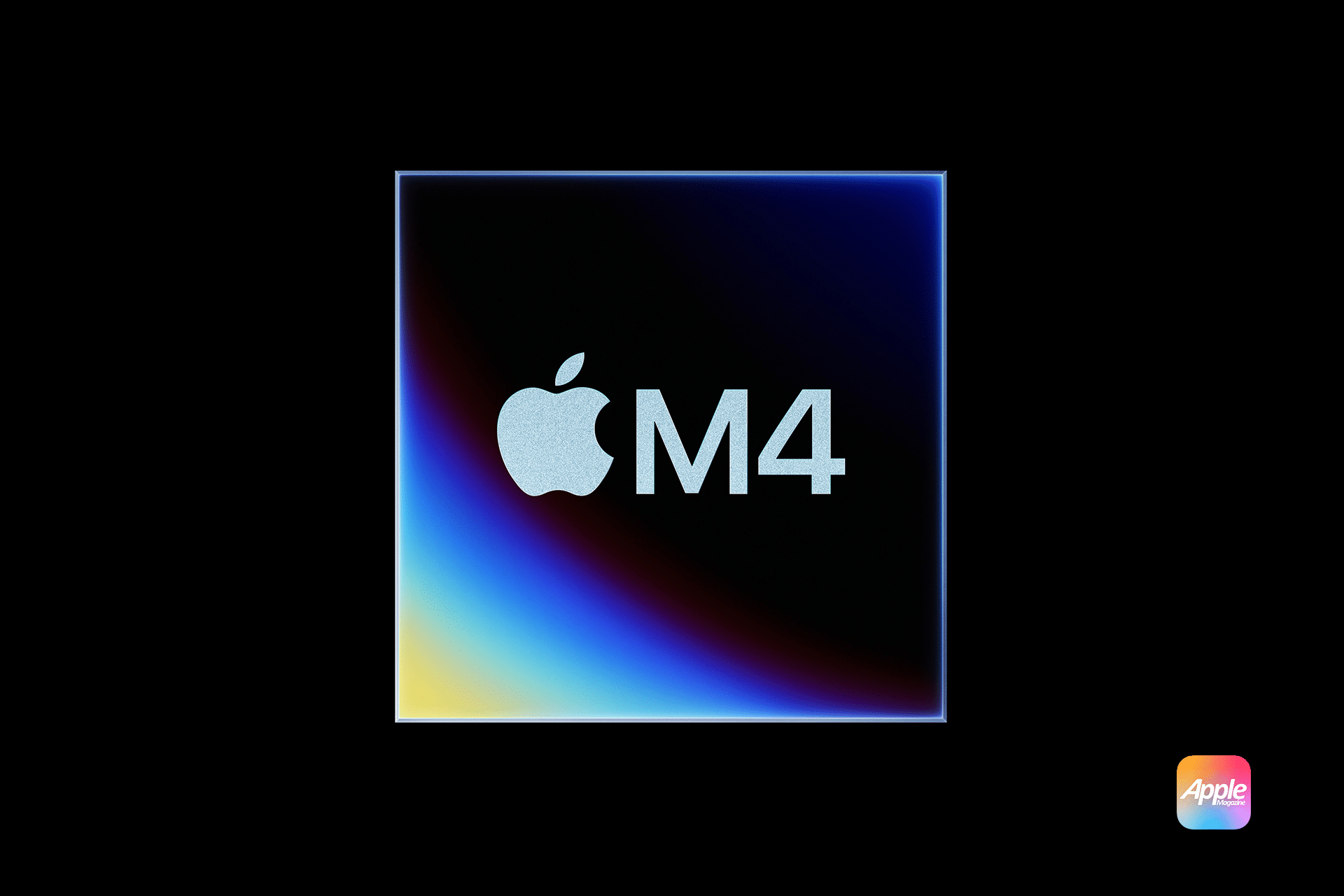
Strap Redesign: The Real Game-Changer?
The new strap is where Apple’s focus on user feedback shines. Reports suggest the redesigned band will prioritize comfort, addressing complaints about neck strain and head pain. Unlike the Solo Knit, which looks sleek but often fails to distribute weight evenly, or the Dual Loop, which offers better support but lacks polish, the new strap is expected to strike a balance between form and function. Early indications point to a design that better cradles the head, potentially incorporating adjustable tension or additional contact points to reduce pressure.
Apple’s decision to bundle this strap with the M4 Vision Pro—and likely make it backward-compatible with the original model—is a nod to early adopters. Users who invested $3,499 in the first-generation headset won’t be left out, as the new strap could be available as a standalone accessory. This move reflects Apple’s awareness of the community’s frustration with the original straps, which spurred a wave of third-party solutions. By refining this critical component, Apple aims to make extended use more feasible, whether for binge-watching immersive videos or tackling productivity tasks in visionOS.
Why Comfort Matters More Than Power
The Vision Pro’s weight—around 1.3 to 1.4 pounds—remains unchanged in this update, a detail that may disappoint some hoping for a lighter headset. Compared to competitors like Meta’s Quest 3, which weighs about 1.1 pounds, the Vision Pro’s bulk is noticeable over time. However, the redesigned strap could mitigate this by redistributing weight more effectively, potentially rivaling the comfort of lighter alternatives without requiring a full hardware overhaul.
Comfort is critical because the Vision Pro isn’t just a gadget—it’s a platform Apple hopes will redefine computing. From watching movies on a virtual 100-foot screen to collaborating in virtual workspaces, the headset’s potential hinges on users’ willingness to wear it for hours. A strap that alleviates strain could make the difference between a niche device and one that becomes a daily driver for tech enthusiasts and professionals alike.
What’s Next for Vision Pro?
This M4 refresh is a stopgap, not a revolution. Apple is reportedly working on a lighter, more affordable Vision Pro—codenamed N100 or “Vision Air”—but that model may not arrive until 2027 or later. For now, the M4 Vision Pro keeps the platform competitive, ensuring it can handle the demands of visionOS 26, set to launch this fall with features like 3D video playback from non-Apple sources and improved widget support. The “Liquid Glass” design aesthetic, rolling out across Apple’s ecosystem, will also enhance the headset’s interface, making it feel more cohesive with iOS and macOS.
The M4 Vision Pro’s focus on comfort and performance underscores Apple’s strategy of iterative improvement. While it won’t address every criticism—price and weight remain barriers for mass adoption—the new strap could make the headset more practical for its target audience of early adopters and professionals. As Apple gathers more feedback, future iterations may bring bolder changes, but for now, this update shows the company is listening.
A Cautious Step Forward
The M4 Vision Pro won’t reinvent spatial computing, but it doesn’t need to. By pairing a more powerful chip with a comfort-focused strap, Apple is addressing real user pain points while keeping the platform fresh. For current owners, the prospect of a backward-compatible strap is a welcome olive branch. For prospective buyers, the update makes the $3,499 headset a slightly easier sell, though its premium price still limits its reach.
As Apple refines the Vision Pro, the focus on comfort signals a deeper understanding of what makes wearable tech succeed: it has to feel good to use. Whether this strap delivers on that promise remains to be seen, but for now, it’s a sign that Apple is committed to making its ambitious headset a practical reality for more users.
